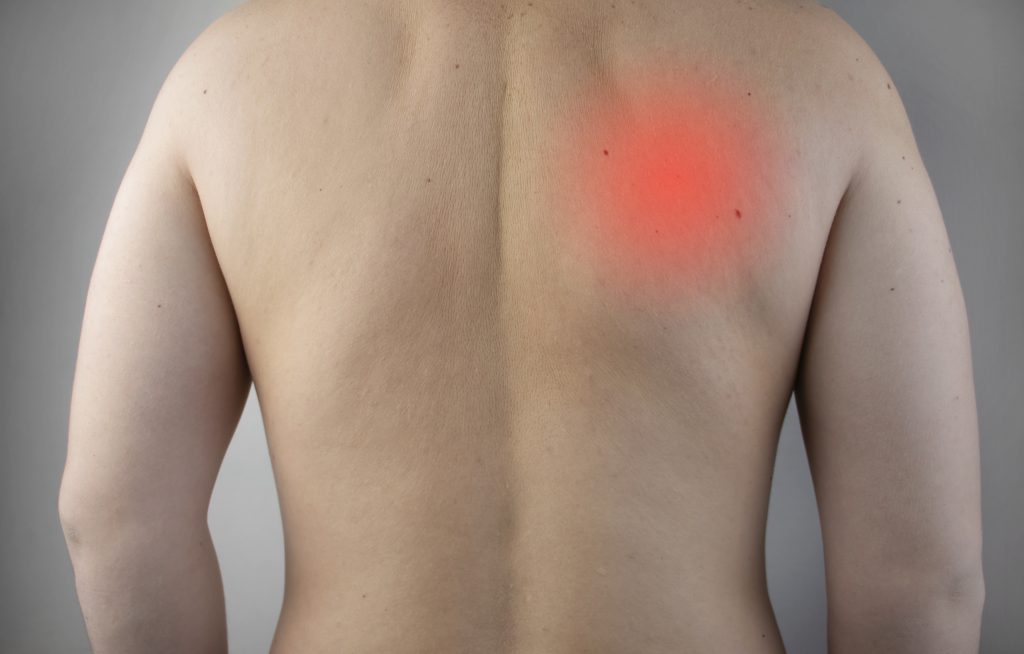If you have a shoulder (or two) chances are there’s been a time in your life where things haven’t felt great. This sentiment is only amplified if you happen to be someone who lives an active lifestyle playing sports and/or enjoys lifting heavy things.
There are a myriad of culprits that can lead to shoulder pain.[footnote]Poor or limited thoracic mobility, glenohumeral weakness, acromion type, programming imbalances, technique flaws, Thursdays, lots of stuff.[/footnote]
Likewise, there are a myriad of solutions.[footnote]Improving thoracic mobility, improved breathing patterns, general strengthening, you’re related to Gandalf, etc.[/footnote]
For me, almost always, I find the “fix” for most people is improving their scapular kinematics; specifically scapular upward rotation and protraction.

Form Fix: Forearm Wall Slide
One of the staple drills I like to use to accomplish the above (scapular upward rotation & protraction) is the Forearm Wall Slide.
Admittedly, it’s a simple looking thingamabobber of a drill.
I mean, all you do is move your arms up and down on a foam roller, right?
Weeeeeeeeeeeeeeeeeeee.
Alas, simple in appearance, not so simple in execution.
TOP VIDEO showcases two common faults I see when most people perform this drill.
❌ Reps 1-3 = depressed or “pinned down” scapula. Incessantly cueing your clients/athletes to retract & depress the shoulder blades has ramifications.
Sure, it’s an excellent cue to lift a metric shit ton of weight. There’s a reason why we tell people to bring their shoulder blades together and down during a bench press.
However, the scapula is meant to move around the ribcage and it’s imperative for overall shoulder health. When someone is pelted over the head with “together & down, together & down” cues the end result is a shoulder blade that’s cemented in a downwardly rotated position.
This can (not always) lead to shoulder ouchies.
❌ Reps 4-6 = shrugging pattern. The upper traps do play a significant role in shrugging (elevation). Shrugging, however, is NOT upward rotation.
In both scenarios there’s no “real” upward rotation happening.
The drill is ineffective.
Bye, Felicia.
BOTTOM VIDEO showcases what we actually want to see happen.
- I like to cue people to “reach” towards the ceiling through their pinky finger, and then to sorta lean into the wall as the arm straightens overhead.
- Here we get the upper trap to kick in more effectively and we can now see a shoulder blade that’s upwardly rotating (and moving around the rib cage via protraction & Serratus activation).
- Performing with shirt off = 37% more Serratus Anterior activation. #science.
It’s crucial when choosing certain drills – even the seemingly simple looking ones – that they’re executed the right way. The details and nuances matter.



